
AI Content Creation
Cultural Mirror Content: Reflecting Society in Digital Media

Contents
- 1 What Is Cultural Mirror Content?
- 2 The Role of Cultural Mirror Content in Digital Media
- 3 How to Create Cultural Mirror Content
- 4 Best Practices for SEO-Optimized Cultural Mirror Content
- 5 Challenges of Creating Cultural Mirror Content
- 6 Case Studies: Cultural Mirror Content in Action
- 7 The Future of Cultural Mirror Content
Cultural mirror content reflects the values, beliefs, and experiences of a society, acting as a lens through which audiences can see themselves and their world. In today’s fast-paced digital landscape, this type of content resonates deeply, fostering connection and authenticity. As brands and creators strive to engage diverse audiences, understanding how to craft cultural mirror content becomes essential. This article explores the concept, its significance, and actionable strategies to create it effectively, ensuring your content not only captivates but also mirrors the cultural nuances of your audience for maximum impact.
What Is Cultural Mirror Content?
Cultural mirror content is digital media—articles, videos, social media posts, or campaigns—that reflects the cultural, social, and emotional realities of its audience. Unlike generic content, it captures the essence of a group’s identity, values, or experiences. For instance, a brand might create a campaign celebrating local traditions or addressing societal issues like diversity or mental health, making audiences feel seen and understood.
This content type thrives on authenticity. It doesn’t just sell a product; it tells a story that aligns with the audience’s lived experiences. By doing so, it builds trust and loyalty. For example, Nike’s campaigns often reflect cultural moments, such as celebrating athletes from underrepresented communities, resonating with global audiences.
Why It Matters
Cultural mirror content matters because it bridges the gap between brands and consumers. In an era where 70% of consumers prefer brands that align with their values (Edelman Trust Barometer, 2023), reflecting cultural realities is a powerful way to connect. Moreover, it drives engagement—posts that resonate culturally receive 3x more shares than generic content (Sprout Social, 2022). By mirroring society, brands position themselves as relatable and relevant, fostering deeper connections.
The Role of Cultural Mirror Content in Digital Media
Digital media is a dynamic space where trends evolve rapidly. Cultural mirror content plays a pivotal role in keeping brands relevant. Here’s how:
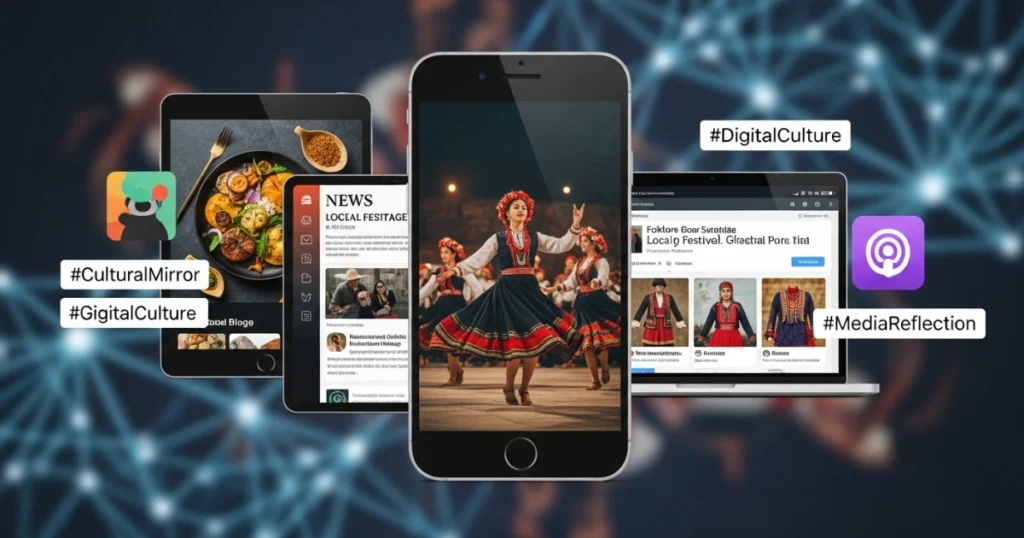
1. Fostering Authenticity
Audiences crave authenticity. Cultural mirror content delivers by addressing real-world issues or celebrating cultural milestones. For example, Dove’s “Real Beauty” campaign reflects diverse body types, challenging societal norms and resonating with millions.
2. Building Community
Content that mirrors culture creates a sense of belonging. Social media platforms like Instagram and TikTok thrive on this, with users gravitating toward content that reflects their identity or experiences. Hashtags like #BlackLivesMatter or #PrideMonth amplify cultural mirror content, uniting communities.
3. Driving Engagement
When content reflects cultural values, it sparks conversations. A 2022 study by Hootsuite found that culturally relevant posts generate 25% higher engagement rates. By tapping into cultural moments, brands can boost visibility and interaction.
4. Enhancing Brand Loyalty
Consumers are more likely to support brands that understand their culture. Cultural mirror content builds trust, turning one-time buyers into loyal advocates. For instance, Patagonia’s environmental campaigns resonate with eco-conscious consumers, strengthening brand loyalty.
How to Create Cultural Mirror Content
Crafting cultural mirror content requires strategy and sensitivity. Here are actionable steps to ensure your content resonates authentically and maximizes impact:
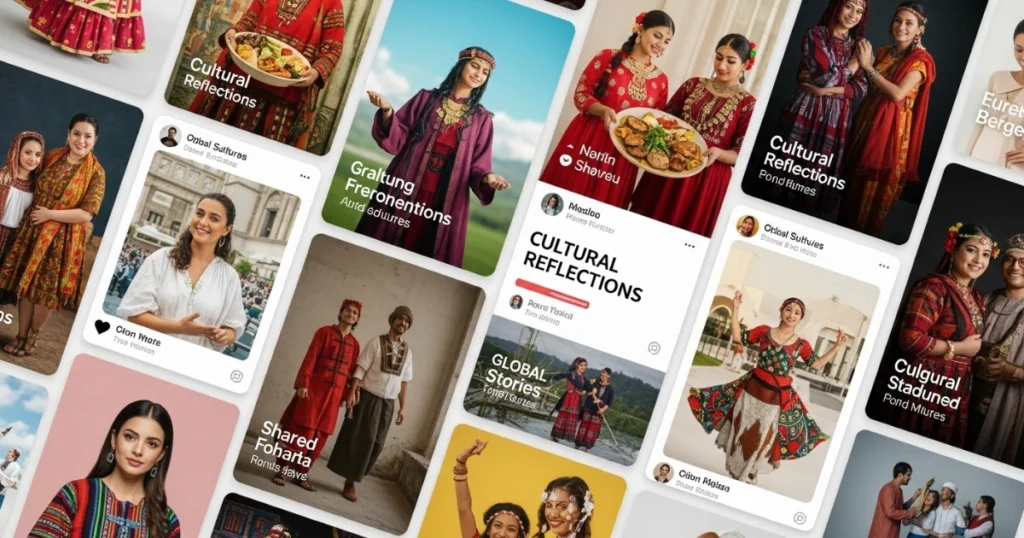
1. Understand Your Audience
To reflect culture, you must first understand it. Conduct audience research using surveys, social media analytics, or focus groups. Identify their values, challenges, and aspirations. For example, if your audience is Gen Z, focus on themes like sustainability or mental health, which resonate strongly with this demographic.
2. Stay Current with Cultural Trends
Cultural mirror content thrives on relevance. Monitor trending topics on platforms like X or Google Trends to identify what matters to your audience. For instance, during cultural events like Diwali or Black History Month, create content that celebrates these moments authentically.
3. Tell Authentic Stories
Storytelling is the heart of cultural mirror content. Share real stories from your community or customers. For example, Airbnb’s “We Accept” campaign highlighted stories of inclusivity, reflecting diverse cultural experiences and earning widespread praise.
4. Use Inclusive Language
Language shapes perception. Use inclusive, respectful language that reflects your audience’s diversity. Avoid stereotypes or cultural appropriation. For instance, when addressing gender diversity, use terms like “non-binary” or “gender-fluid” to show understanding and respect.
5. Leverage Visuals
Visuals amplify cultural mirror content. Use images, videos, or graphics that reflect your audience’s identity. For example, a fashion brand targeting South Asian audiences might feature traditional attire like sarees or kurtas in vibrant, authentic settings.
6. Collaborate with Cultural Influencers
Partner with influencers who embody the culture you’re reflecting. Their authenticity lends credibility to your content. For instance, a beauty brand might collaborate with a hijabi influencer to create makeup tutorials for Muslim women, ensuring cultural relevance.
7. Test and Iterate
Not all cultural mirror content will resonate immediately. Test your content through A/B testing or pilot campaigns. Analyze engagement metrics to refine your approach. For example, if a campaign celebrating local festivals underperforms, tweak the messaging or visuals based on feedback.
Best Practices for SEO-Optimized Cultural Mirror Content
To maximize reach, your cultural mirror content must be SEO-optimized. Here’s how to ensure it ranks well and engages audiences:
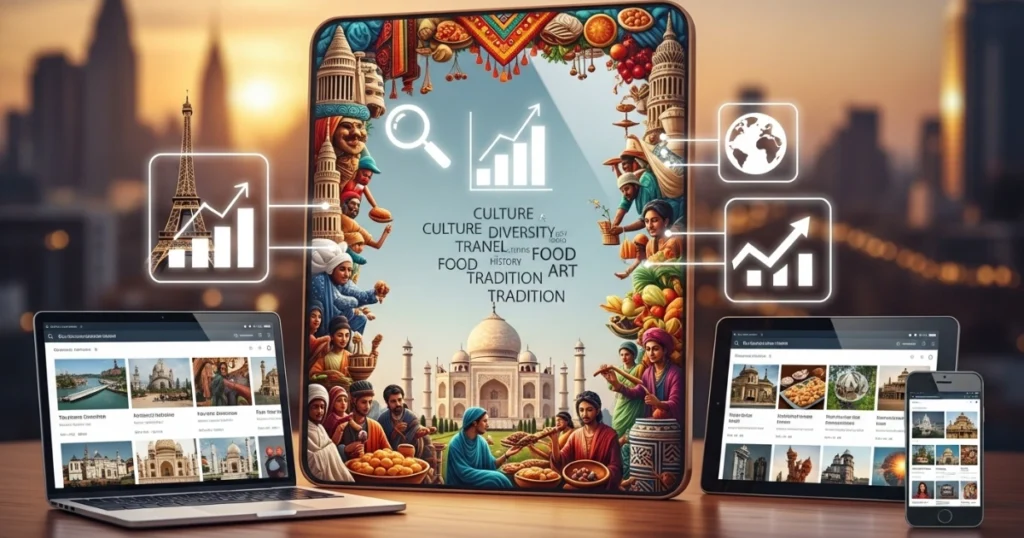
1. Keyword Research
Use tools like Ahrefs or SEMrush to identify relevant keywords with high search volume and low competition. For this article, “cultural mirror content” is the main keyword, used strategically at a 1% density (approximately 30-35 times in 3000-3500 words). Secondary keywords like “cultural content marketing” or “authentic digital media” can boost relevance.
2. Optimize Headings
Use H1, H2, and H3 tags to structure your content. Include the main keyword in at least one H2 heading and sprinkle secondary keywords in subheadings. This improves readability and SEO.
3. Write Engaging Meta Descriptions
Craft a meta description that includes the main keyword and a call-to-action. For example: “Discover how cultural mirror content shapes digital media and learn tips to create authentic, engaging content.”
4. Use Internal and External Links
Link to relevant pages on your blog to keep readers engaged. For example, link to a related article on “storytelling in marketing.” Include external links to credible sources, like studies from Hootsuite or Edelman, to boost authority.
5. Optimize for Mobile
With 60% of searches happening on mobile (Statista, 2023), ensure your content is mobile-friendly. Use short paragraphs, clear fonts, and responsive visuals to enhance user experience.
6. Incorporate Alt Text
Add descriptive alt text to images, including the main keyword where relevant. For example, “Brand campaign showcasing cultural mirror content” ensures accessibility and SEO benefits.
7. Monitor Performance
Use Google Analytics to track your content’s performance. Monitor metrics like bounce rate, time on page, and click-through rates to gauge success and refine future content.
Challenges of Creating Cultural Mirror Content
While powerful, cultural mirror content comes with challenges. Here’s how to navigate them:
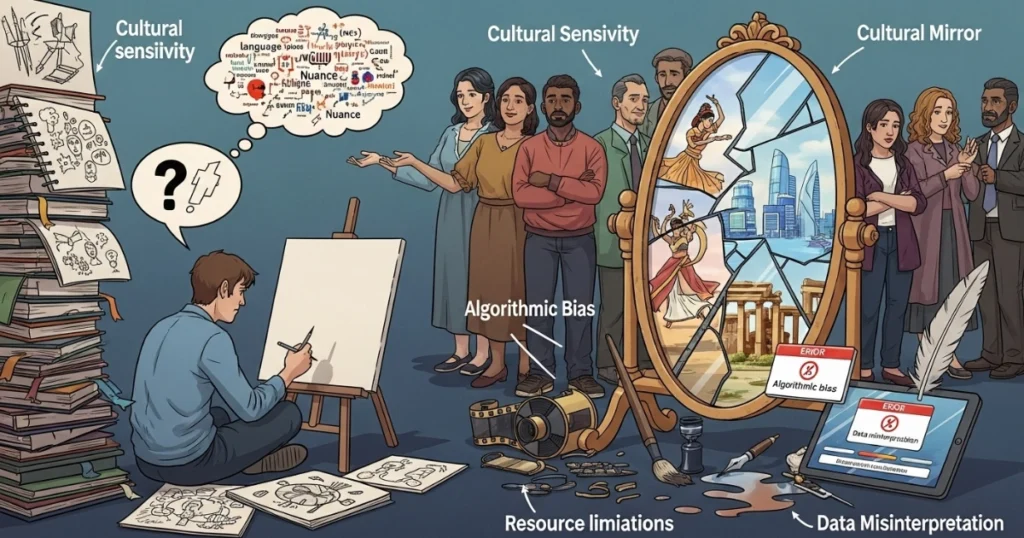
1. Avoiding Cultural Missteps
Misrepresenting a culture can alienate audiences. Research thoroughly and consult cultural experts to ensure accuracy. For example, a brand misusing Native American imagery could face backlash.
2. Balancing Authenticity and Commercial Goals
Brands often struggle to balance authenticity with sales objectives. Focus on storytelling over hard selling. For instance, instead of pushing a product, highlight how it aligns with cultural values.
3. Keeping Up with Trends
Cultural trends shift quickly. Stay agile by monitoring platforms like X for real-time insights. For example, a brand that misses a trending hashtag like #MentalHealthAwareness may lose relevance.
4. Addressing Diverse Audiences
Cultures are diverse, and one-size-fits-all content rarely works. Segment your audience and tailor content to specific groups. For instance, a global brand might create separate campaigns for Asian and Latin American audiences.
Case Studies: Cultural Mirror Content in Action
Coca-Cola’s campaign personalized bottles with popular names from different cultures, reflecting local identities. The campaign went viral, generating millions in engagement and sales by making consumers feel seen.
2. Spotify’s Wrapped Campaign
Spotify’s annual Wrapped feature celebrates users’ music tastes, reflecting their cultural and personal preferences. By sharing personalized playlists, Spotify creates shareable, culturally relevant content that dominates social media.
3. Ben & Jerry’s Social Justice Campaigns
Ben & Jerry’s uses cultural mirror to address issues like racial equality and climate change. Their authentic stance resonates with socially conscious consumers, boosting brand loyalty.
The Future of Cultural Mirror Content
As digital media evolves, cultural mirror content will become even more critical. Emerging trends include:
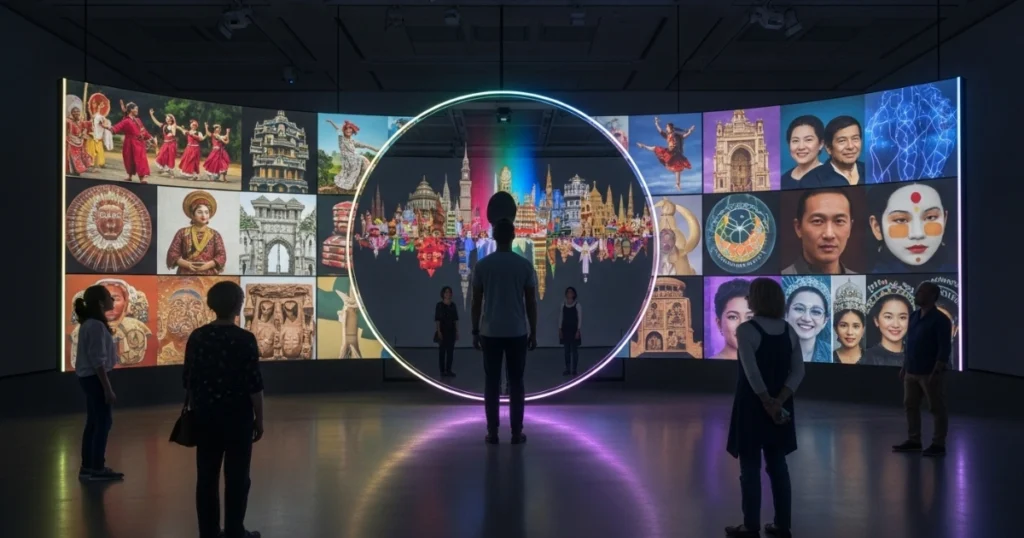
1. AI-Driven Personalization
AI tools can analyze audience data to create hyper-personalized cultural content. For example, Netflix uses AI to recommend shows that reflect users’ cultural preferences.
2. Immersive Storytelling
Technologies like VR and AR will enable brands to create immersive cultural experiences. Imagine a virtual festival celebrating Diwali, allowing global audiences to engage authentically.
3. Increased Focus on Diversity
As audiences demand inclusivity, brands will prioritize content reflecting diverse identities. Campaigns celebrating underrepresented groups will dominate digital spaces.
Conclusion
Cultural mirror content is more than a marketing trend—it’s a powerful way to connect with audiences on a deeper level. By reflecting societal values, addressing cultural moments, and telling authentic stories, brands can build trust, engagement, and loyalty. To succeed, research your audience, stay current with trends, and optimize for SEO. As digital media evolves, cultural content will remain a cornerstone of meaningful, impactful storytelling. Start creating content that mirrors your audience’s world today, and watch your brand thrive.


Cultural Mirror Content: Reflecting Society in Digital Media
Updated on September 11, 2025
Read More